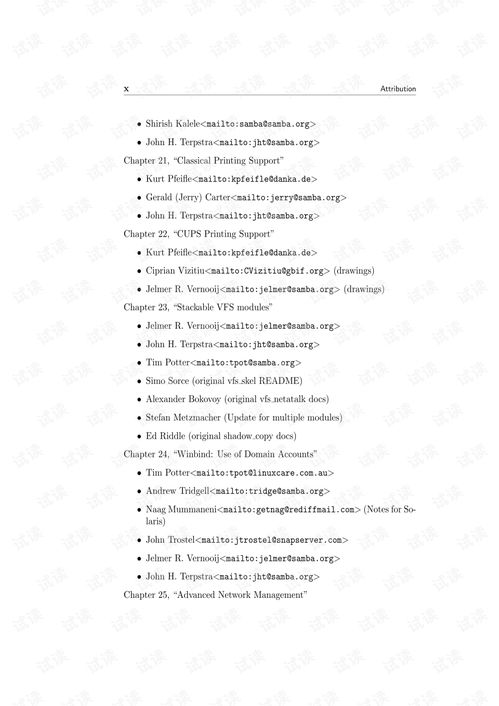Understanding Put Options

Before diving into the process of making money by selling put options, it’s crucial to have a clear understanding of what put options are. A put option is a financial contract that gives the holder the right, but not the obligation, to sell a specific asset at a predetermined price within a specified time frame. As a seller of put options, you are essentially betting that the price of the underlying asset will not fall below the strike price before the option expires.
Benefits of Selling Put Options

Selling put options can be a lucrative strategy for investors who are confident in the current market conditions or who are looking to generate additional income. Here are some of the key benefits:
| Benefits | Description |
|---|---|
| Income Generation | Selling put options can provide a consistent stream of income, especially if you sell them at a premium. |
| Market Confidence | By selling put options, you express confidence in the market’s direction, as you’re willing to take on the risk of the asset falling. |
| Capital Preservation | When the price of the asset doesn’t fall, you keep the premium received, which helps preserve your capital. |
Choosing the Right Assets

When selling put options, it’s essential to choose the right assets. Look for assets that you are familiar with and have a good understanding of their market dynamics. Consider the following factors:
- Market Conditions: Selling put options is more suitable in a bearish or sideways market.
- Volatility: Assets with higher volatility tend to offer better opportunities for selling put options.
- Dividends: Assets that pay dividends can be more attractive for selling put options.
Setting the Strike Price
The strike price is the price at which the underlying asset can be sold. It’s important to choose a strike price that aligns with your market outlook. Here are some tips for setting the strike price:
- Consider the asset’s historical price movements.
- Look at the current market conditions and the asset’s price level.
- Choose a strike price that is close to the current market price.
Understanding Time Decay
Time decay refers to the decrease in the value of an option as it approaches expiration. When selling put options, it’s important to understand time decay and how it can affect your profits. Here are some key points to consider:
- Options with more time until expiration are more valuable.
- Time decay accelerates as the option approaches expiration.
- Be mindful of the time decay when setting the strike price and expiration date.
Managing Risk
While selling put options can be a profitable strategy, it’s important to manage your risk effectively. Here are some tips for managing risk when selling put options:
- Only sell put options on assets you are comfortable with.
- Set a maximum number of put options you’re willing to sell at a time.
- Monitor the market and be prepared to close your positions if the asset’s price falls significantly.
Monitoring and Adjusting Your Positions
Once you’ve sold put options, it’s crucial to monitor your positions and be prepared to adjust them as needed. Here are some tips for monitoring and adjusting your positions:
- Keep track of the asset’s price movements and market conditions.
- Review your positions regularly to ensure they align with your market outlook.
- Be prepared to close your positions if the asset’s price falls significantly or if market conditions change.
Conclusion
Selling put options can be a valuable strategy for generating income and expressing confidence in the market. By understanding the basics, choosing the right assets, and managing your risk effectively, you can increase your chances of success. Remember to stay informed and adapt your strategy as needed to navigate the ever-changing market conditions.



